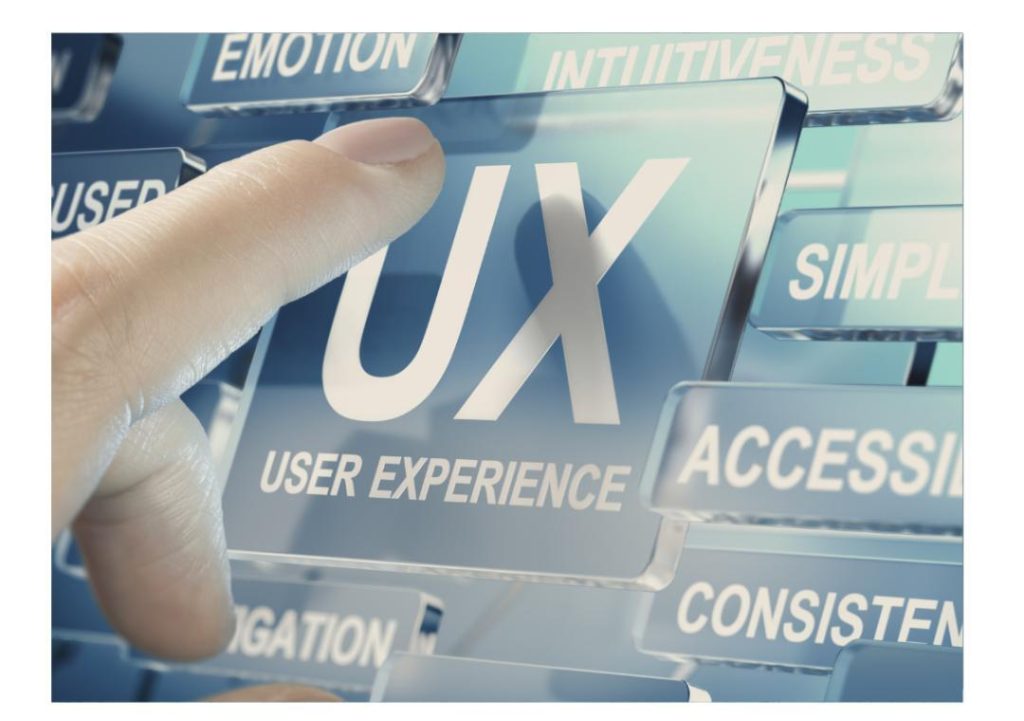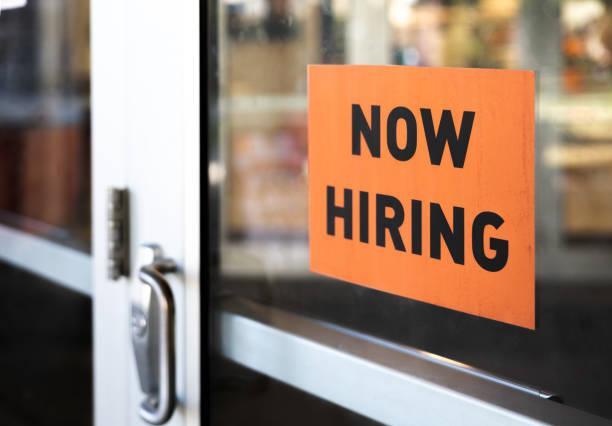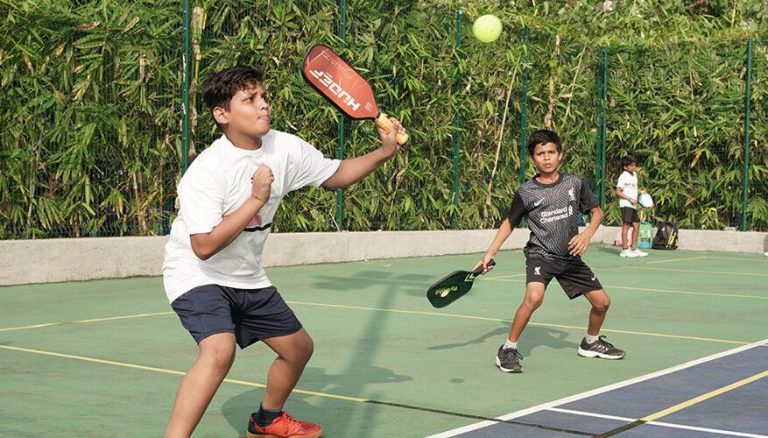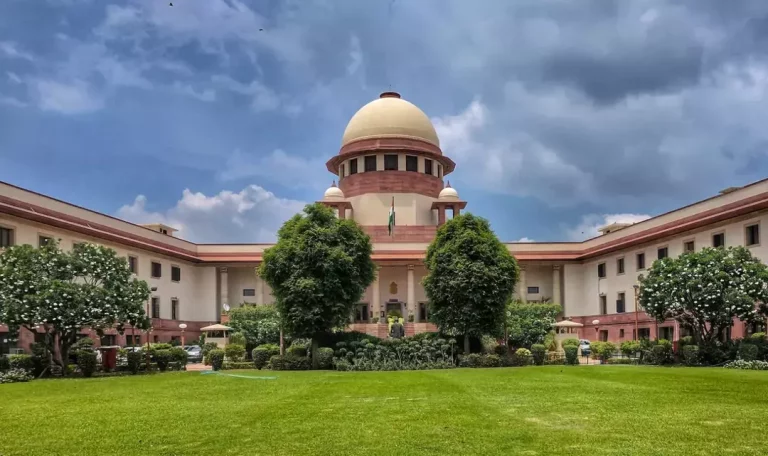
Are You Hungry for a Better UX?
The food delivery landscape is a crowded and competitive space, with numerous apps vying for customers’ attention. To stand out from the pack, food delivery apps must prioritize user experience (UX) to anticipate and cater to users’ needs, desires, and behaviors. In this blog post, we’ll explore the essential features that make a food delivery app successful and how UX design can turn hungry visitors into loyal customers.
Understanding Impulse-Driven Decisions
Food delivery apps thrive when users make impulse-driven decisions. These decisions are characterized by instant gratification, with users seeking convenience, speed, and ease of use. To capitalize on these impulses, food delivery apps must reduce friction and provide seamless experiences. This can be achieved through features such as:
- Saved Preferences: Allow users to save their preferred restaurants, cuisines, and dietary restrictions for swift reordering.
- Smart Reordering: Implement algorithms that suggest reorders based on users’ past orders and preferences, making it easy for them to repeat their favorite meals.
- One-Click Checkout: Streamline the payment process by incorporating one-click checkout options, eliminating the need for users to re-enter payment information.
By incorporating these features, food delivery apps can anticipate users’ intent and cater to their impulses, increasing the likelihood of repeat business and loyalty.
Personalization and Predictive Design
Personalization and predictive design are key components of a successful food delivery app. By leveraging user data and behavior, apps can tailor the experience to individual users, enhancing their overall satisfaction and increasing the chances of repeat business.
- Personalized Recommendations: Offer customized recommendations based on users’ ordering history, preferences, and dietary restrictions, making it more likely for them to discover new favorite dishes.
- Predictive Design: Use machine learning and data analytics to predict users’ future ordering habits, allowing for proactive suggestions and targeted promotions.
- Dynamic Content: Display dynamic content, such as special offers, new menu items, and promotions, based on users’ interests and behaviors, keeping them engaged and informed.
By incorporating personalization and predictive design, food delivery apps can create a unique and tailored experience for each user, fostering loyalty and driving growth.
Boosting Basket Size and Brand Recall
A well-designed food delivery app can not only increase user satisfaction but also boost basket size and brand recall. By providing a seamless and personalized experience, apps can:
- Increase Average Order Value (AOV): Offer targeted promotions, discounts, and bundles to increase the average order value, driving revenue growth.
- Improve Brand Recall: Create a memorable brand identity through consistent design, messaging, and user experience, increasing brand recognition and loyalty.
- Enhance Customer Retention: Foster a loyal customer base through personalized interactions, rewards, and loyalty programs, reducing churn and increasing repeat business.
By focusing on UX design and incorporating features that cater to users’ needs and desires, food delivery apps can differentiate themselves in a crowded market, drive growth, and retain customers.
Conclusion
In today’s competitive digital dining space, food delivery apps must prioritize user experience to succeed. By incorporating features such as saved preferences, smart reordering, and one-click checkout, personalization, and predictive design, apps can reduce friction, cater to impulse-driven decisions, and turn hungry visitors into loyal customers. By focusing on UX design and incorporating the strategies outlined in this post, food delivery apps can boost basket size, drive growth, and establish a strong brand presence in the market.
Source:
https://www.growthjockey.com/blogs/ui-ux-strategies-for-food-technology






